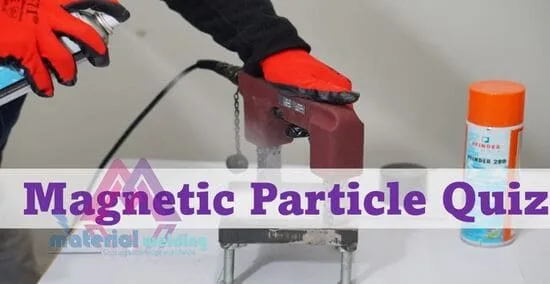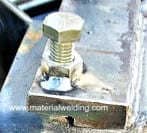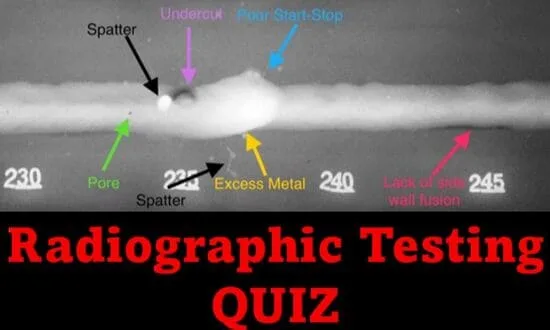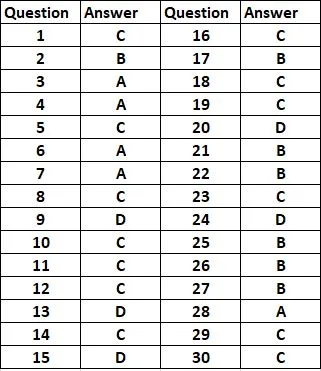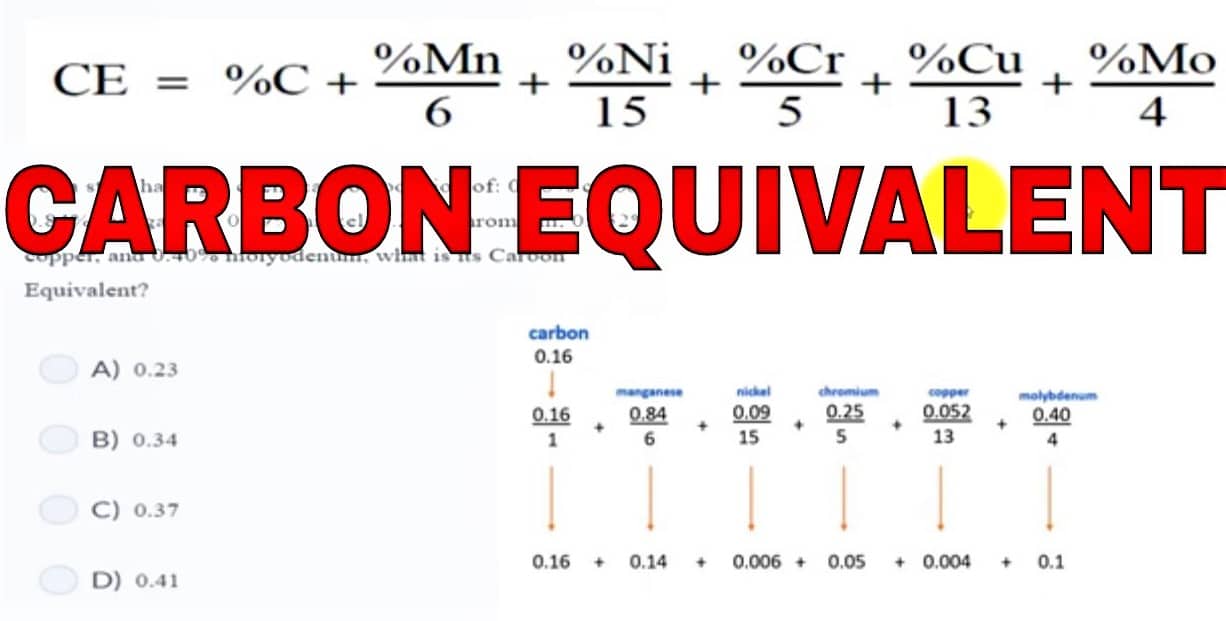Master Welding Metallurgy with our Challenging Practice Quiz
Test your knowledge of welding metallurgy and enhance your understanding of weldability, preheat temperature, alloying elements and more with our 10-question multiple choice practice quiz. Answer explanations provided to clarify welding principles and strengthen your metal knowledge.
Questions Summary
- Which of the following elements has the highest diffusivity in steel?
a) Carbon
b) Manganese
c) Chromium
d) Molybdenum
- Preheat temperature for a carbon steel with 0.2% carbon should be in the range of:
a) 100 – 200°C
b) 200 – 300°C
c) 300 – 400°C
d) Above 400°C
- Grain growth in steel during welding is most effectively inhibited by:
a) Manganese
b) Silicon
c) Niobium
d) Chromium
- If Cr, Mo and Ni are to be simultaneously used in steel as alloying elements then their content should be in the following proportion:
a) Cr> Mo >Ni
b) Cr = Mo = Ni
c) Cr < Mo > Ni
d) Cr > Mo < Ni
- The blacksmith welding is carried out under :
a) Controlled Atmosphere
b) Shielding gas atmosphere
c) Air atmosphere
d) Vacuum
- Diffusible hydrogen content should always be kept as low as possible to avoid:
a) Weld porosity
b) Slag inclusions
c) Undercut
d) Cold cracking
- To increase the hardenability of ferrous alloys, which of the following elements is mostly used as alloying element:
a) Manganese
b) Silicon
c) Molybdenum
d) Nickel
- If the weld metal has the same composition as that of base metal, which of the following properties of the joint is least likely to change after welding:
a) Corrosion resistance
b) Hardness
c) Strength
d) Impact value
- If the chromium equivalent of austenitic stainless steel is increased:
a) The corrosion resistance decreases
b) The corrosion resistance increases
c) There is no effect on corrosion resistance
d) The mechanical properties decrease
- During multi-pass welding of carbon steel, metals which tend to segregate to the grain boundaries causing embrittlement are:
a) Chromium and Nickel
b) Phosphorus and Sulphur
c) Carbon and Silicon
d) Manganese and Molybdenum


